10 Unbelievable Weather and Climate Facts

10 Facts About the Weather
Weather patterns have tremendous impacts on people and ecosystems on Earth.
All of the weather we experience on Earth occurs in the troposphere, which is where we live.
And today we’re going to show some of the most unbelievable weather facts on Earth.
Here are 10 weather facts for weather hobbyists and non-meteorologists. Let’s get started.
1. One billion tons of water falls every minute
Clouds are like floating reservoirs of water. Like squeezing a sponge, they redistribute water as rain, sleet and snow. One billion tons of water falls every minute.
On average, the most rainfall occurs at the equator and tropical regions. This is because it experiences the most heat from the sun and has a lot of oceans.
On the other hand, polar regions don’t have as much rain because the air is dry. For example, Antarctica is the world’s largest desert. There’s water there but precipitation rates are very low.
2. Severe weather causes billions of dollars in damage
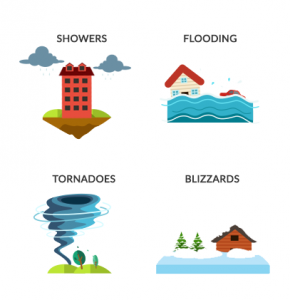
Severe weather like tornadoes, hurricanes, and flooding has displaced people from their homes. Also, weather events cost billions in damage per year.
For example, hurricanes cost an estimated $28 billion per year in the United States. In 2017, weather-related disaster costs escalated to a record $306 billion.
There’s an average of 100,000 weather-related deaths per year across the globe. Drought, heavy rains, flooding, and heat waves account for the most deaths.
3. Weather and climate influences migration patterns
Weather is the day-to-day state of the atmosphere such as wind, moisture, and temperature. We measure it with weather recording devices. Whereas climate is the average weather in one place for a long period of time.
We are just starting to see the effects on migration patterns from global warming. For example, polar bears are listed as one of the first animals that will become extinct because of global warming. As sea ice melts for a longer duration, polar bears spend more time on land. In turn, they have less time to hunt which is reducing their overall population totals.
It’s not only animals but people in developing countries who are affected by climate change. The World Bank reports that 143 million people may become migrants due to crop failure, rising sea levels, and water scarcity.
4. The Coriolis effect influences weather patterns
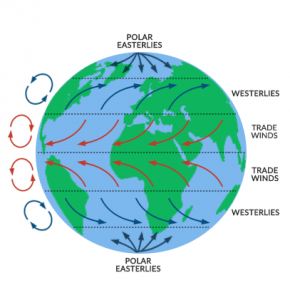
The Coriolis effect is the deflection of air because of Earth’s rotation. In the northern hemisphere, air deflects to the right. But in the southern hemisphere, air veers to the left. This impacts air circulation, weather patterns, and ocean currents.
From 0-30° latitude, Hadley cells carry water vapor from the oceans at the equator. Then, it provides rain until about 30° latitude when the cell loses most of its moisture. So this is why the equator area is damp and moist. But at about 30° latitude, the air is much dryer.
Then at 50-60° latitude, it’s a subpolar low within the Ferrel cell. Air moves north at 30° latitude, then comes down at 60° latitude north. Air deflects from the Coriolis effect causing the Westerlies to move east to west.
5. Climate influences vegetation types
Climate plays a large role in vegetation growth across the globe. For example, desert plants are thick, prickly, and leafless. They thrive in dry conditions because they can more effectively retain water in their stems.
On the other hand, deciduous trees grow better in moist conditions. They are known to grow leaves in summer, and then shed them in the winter. This function serves the purpose of protecting them from the cold and being blown over.
The climate contributes to tree height. For example, trees are taller and closer to the equator. While some trees grow higher than 40 meters in height at the equator, trees tend to be much shorter (about 20 meters on average) in the polar regions.
6. Jupiter’s everlasting hurricane is larger than Earth
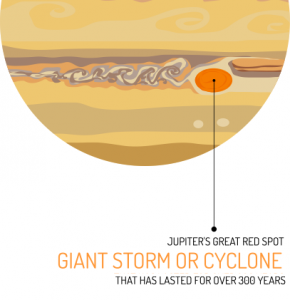
Jupiter spins at an incredible pace. If you stood at the equator on Jupiter, the velocity would be about 28,000 miles per hour. This is about 28 times faster than Earth’s rotation.
Because of its quick rotation and heaping size, it amplifies the Coriolis effect and weather patterns. Jupiter’s weather is so extreme that we can see it from space.
For example, astronomers have observed an everlasting hurricane for 340+ years (ever since the invention of the telescope). We see this cyclone as an enormous red spot on Jupiter because of the Coriolis effect.
7. Earth gets colder than Mars
We know Mars is the fourth planet away from the sun. And both planets’ tilts are similar. While Earth’s inclination to the equator is 23.5°, Mars is about 25.1°.
Because Mars is farther away from the sun compared to Earth, it receives less sunlight. But that doesn’t mean that Earth is always warmer.
On Mars, surface temperatures reach as high as 20 °C at the equator. If you check the temperature at the North and South Poles, it gets as low as −153 °C. So it depends entirely on where on Mars you are referring to because 20°C is very cozy weather.
8. Lightning strikes 8.6 million times per day
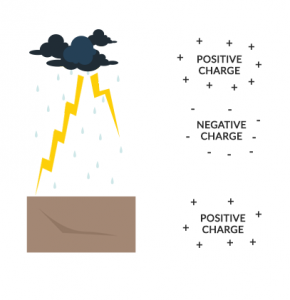
Lightning is an electrostatic discharge that is supercharged from ionized air. By releasing a massive bolt of electricity, lightning always finds the fastest route to Earth.
Every day, lightning strikes 8.6 million times on average. The world’s lightning hotspot is Lake Maracaibo in Venezuela. If you ever decide to go, there’s an 80% chance that you’ll experience a nocturnal thunderstorm.
Lightning is hotter than the sun when it strikes. And they commonly occur in sync with volcanic eruptions. As the ash from a volcano rises, it interacts with the weather system which brings thunder and lightning.
9. Rain doesn’t look like a teardrop when it falls
Instead of picturing rain as a teardrop, it more resembles a hamburger bun when it’s falling. Rain starts with water collecting dust in a cloud.
Because of its weight, it eventually starts to fall as precipitation. At the start, the raindrop is roughly spherical in shape. But when the raindrop falls, it loses its spherical shape. It flattens at the bottom resembling a hamburger bun.
If the raindrop gets too large in size, it can tear apart into two different raindrops. It can also mesh with other raindrops and start the cycle again.
10. Earth is closest to the sun in summer

Even though Earth is closest to the sun in January, it’s the coldest in the northern hemisphere. This means that the temperature on Earth is almost all due to Earth’s tilt.
If you stick a pencil directly through the Earth at the point of rotation, these two points are the North and South poles. Now if you twist your wrist at 23.5°, this is the Earth tilt.
As the Earth revolves around the sun, the hemisphere that’s tilted towards the sun receives most sunlight and is summer. The hemisphere that’s tilted away from the sun receives less sunlight and is winter.
Weather and Climate Facts
The weather is something we all have to deal with. It can be unpredictable and often changes from one day to the next. The climate, on the other hand, is something much more long-term and it’s much easier to predict.
In other words –
While weather is the day-to-day atmospheric conditions, climate represents the long-term average of these weather patterns.
Understanding these distinctions is key for managing both day-to-day activities and long-term environmental challenges.
Do you have any questions? Please leave us a comment below and we’ll try to get back to you as soon as we can.

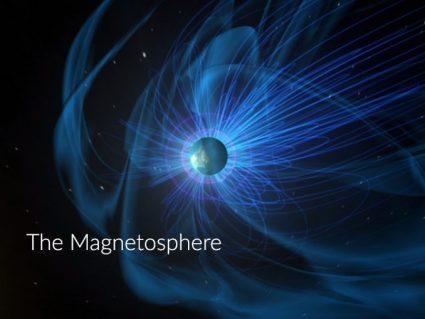

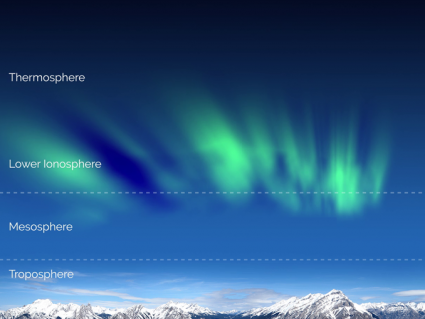
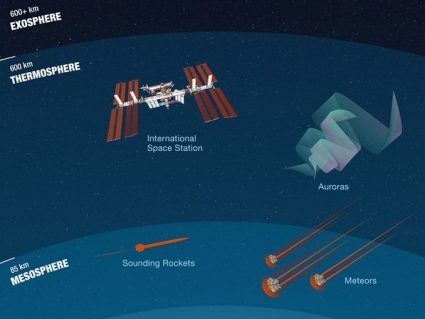
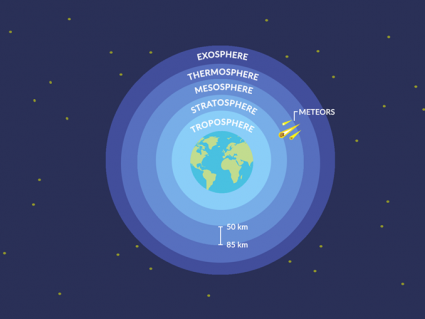

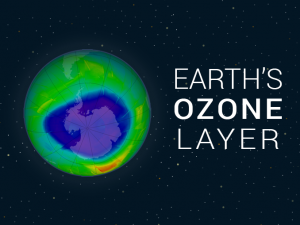
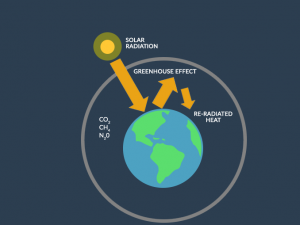
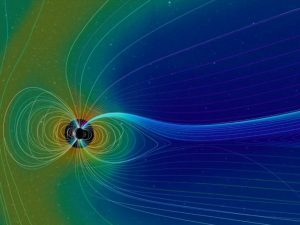

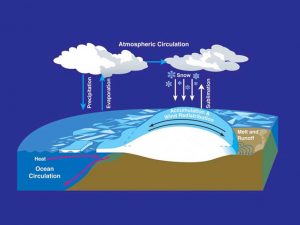

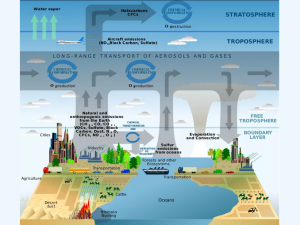

I want to know what their sprain in the skies with all the Chemical trails that there’s sprain in our Skies?? No I have not said this before, but I bet plenty of other people are wondering what their sprain. Also I guess you guys just can’t tell the truth
These facts blow my mind when I ? about it. Thanks for the information I love learning new things!
The red dot hurricane in Jupiter is 4 times bigger than the earth. That’s crazy
Tornadoes are caused by hot and cold air. The heat is from the sun and the cold comes up from the ground. When you hear the sirens that means take cover in a shelter in a sturdy building in a interior room like a closet and stay clear from windows and flying objects that the tornado that’s picking up and tossing around in the air
Not a lot of these are related to climate…
Jupiter’s everlasting hurricane. Apparently, the storm is bigger than earth and have been happening for 300+ years
Tornados are strong, They can do car damage, tree damage, water damage, house damage. They can do lots of damage like kill outside cats and pets.
No definite answer I am aware of. It’s long-lived and has been observed for 350 years now. It’s said that several storms joined together to form it.
Here’s NASA’s article on Jupiter’s Great Red Spot: A Swirling Mystery
Why is Jupiter’s red hurricane everlasting and staying in the same spot anyway.
They missed some valuable parts in this article such as climate 30 years or more and weather is short term it could change in a split second.
I agree with Kamil. Most of the information is very informative.
Jupiter’s everlasting hurricane is larger than Earth. interesting
Some of this information is very useful
Awesomeness.